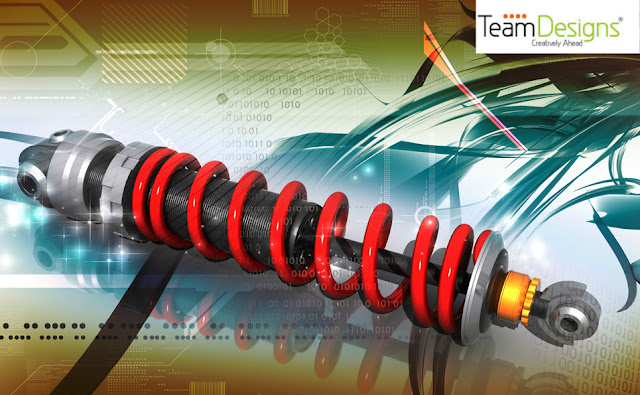3D Product Rendering Overview and Benefits
The
representation and visualization of products is an affordable technology for
the visual and realistic description of products or architecture. When a
product, program or concept is still in its infancy, 3D rendering and
visualization can be used to create compelling images that tell the story. In
addition to being an excellent solution for marketing, the 3D product modeling saves
time and costs of prototyping and allows users to see physical conditions that
are not obvious in 2D.
Computer
animation as a novelty is over and the days when it was dedicated to movies or
big companies also ended. Today, 3D rendering services can adapt to the needs
of almost any organization, but they can also have specific and measurable
effects on the growth of a company. Research has shown that the availability of
interactive presentations of 3D products instead of still images affects some
important aspects of buyer behavior, such as the time spent looking at products
and the likelihood of buying.
Using what
is called a wire frame model, the principles of geometry and an integral process
of lighting, shading, texturing and, possibly, image processing, digital
artists can create photo realistic images that it is almost impossible to
distinguish a real photo. Different materials, colors and lighting can be
evaluated in a design in the proposed environment without having to produce a
prototype.
You can
create photo realistic images from sketches, photos, drawings of illustrations,
dimensions specified by the client or CAD formats. CAD systems accurately
describe data and generate usable images, but the images generally look very
computer-generated and, obviously, are not real. The environments
in which the product can be placed are often less than stellar in most CAD
programs. To make the photo realistic image, the representation program must
mathematically calculate the real world that governs the physical equations of
light transport. This aspect is often not part of the capabilities of the
product designer, but should be used visually.
 |
| 3D Product Design - Team Designs |
Although
static 2D images are often enough to attract attention, when the camcorder
moves into a house, the viewer hovers over a mountain or the product is
assembled before their eyes, the message becomes clear. When combined with
interactive media, 3D product rendering can be dynamically controlled to create
a truly immersive experience. To encourage
cross-selling, the representation and visualization of 3D products can be used
to create virtual showrooms. For example, furniture, windows, lighting and
floor finishes, as well as their products, can be placed and viewed together in
a virtual room.
Comments
Post a Comment